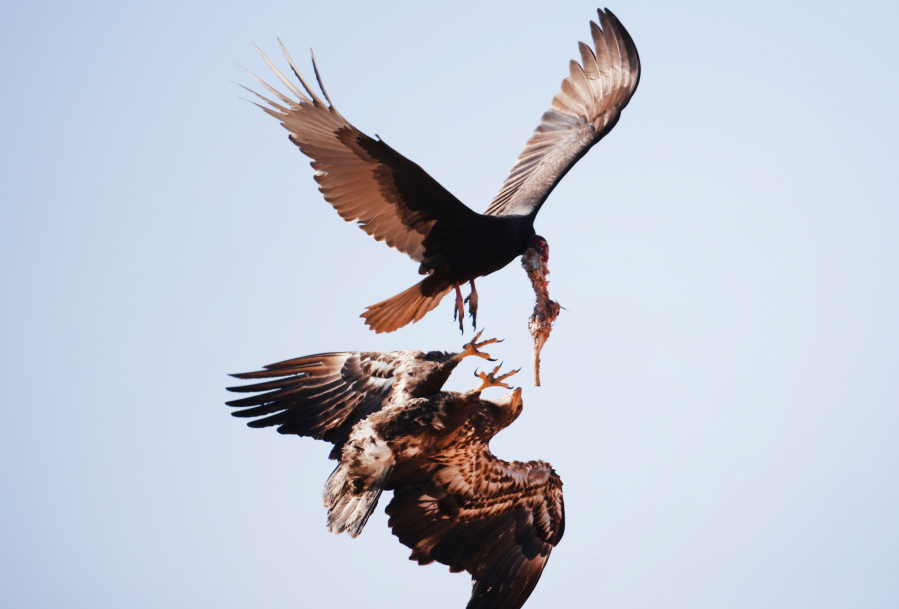But backyard poultry flocks here haven’t been as lucky.
At least 21 backyard flocks across 11 Florida counties were confirmed with bird flu since August, according to state agriculture data provided by Brezin. That includes two flocks in Hillsborough County, confirmed between Oct. 28 and Nov. 16, and one in Pasco on Oct. 26. The infected birds were mostly chickens, but there were also domestic ducks, geese, peafowl and guineas.
Wild populations of aquatic birds like pelicans and gulls have also succumbed to the virus in Florida, federal agriculture data show. The University of Florida announced in September that a bottlenose dolphin in Dixie County contracted bird flu in the first known case in North America. It likely came into contact with an infected bird along Florida’s Gulf Coast, according to researchers.
Now that migratory waterfowl are returning to Florida, Cunningham predicts a surge of cases in duck and vulture populations in the Panhandle area this winter, he told the Times. Last year, the virus came from eastern Canada along the Atlantic Coast. This year, it’s likely to come from what’s called the Mississippi Flyway, a bird migration path that stretches from the Great Lakes to the Gulf of Mexico.
There was a spike in Florida in September and October, and one theory is that Hurricane Ian stressed out birds and increased bird flu’s spread, according to Cunningham. Despite the unprecedented year and the busy workload, the team tasked with tracking the virus says there have been plenty of lessons learned as new science emerges. One is that the virus affects species differently; another is that the virus was supposed to fade away in warmer temperatures, but has persisted in the Florida heat.
“We’ve learned a lot. It’s definitely a concerning disease,” Cunningham said. “Now that it’s been circulating in the population for about a year, hopefully soon it’ll start to taper off. That’s the question of the day.”



